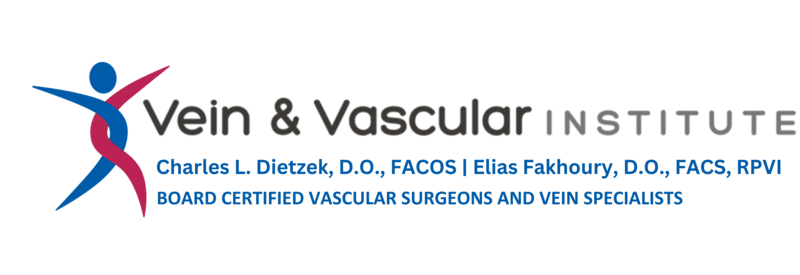Purple, red, or blue facial veins might be tiny when you first notice them, but they can seriously erode self-confidence. Understanding more about these annoying blood vessels and how to eliminate them is the first step in regaining a positive self-image.
Exactly What Are These Facial Veins?
The official name for tiny blood vessels that form around the nose, chin, and cheeks is telangiectasias. However, most people refer to them as spider veins. Some are broken capillaries. According to MedlinePlus, these small, widened vessels can actually form anywhere on the body.
A number of factors might cause these facial spider veins to appear. The most common include:
- Rosacea
- Trauma
- Genetic issues
- Getting older
- Varicose veins
- Being pregnant
- Exposure to the sun
- Windburn
- Overusing steroid creams
- Smoking
- Excessive alcohol consumption
According to Stony Brook University Hospital, more than 80 million U.S. residents suffer from vein disease. As many as 55 percent of them are women.
Spider veins are similar to varicose veins but are much smaller, develop closer to the surface of the skin, and do not bulge. Their appearance resembles that of a spider’s web. When these veins disturb a patient, the only way to treat them is for a vein specialist to eliminate them.
Treatment Options
Two types of therapy are commonly in use to get rid of spider veins. Laser technology is well suited to treating vessels on both the legs and the face. The vascular surgeon aims a laser beam at each affected spot on the cheeks and nose to destroy troublesome telangiectasias. This is a minimally invasive outpatient procedure typically performed at a vein clinic. Based on a review of the patient’s health history and physical exam, the physician determines which of several types of laser therapy is the most appropriate.
Veinwave™ is a newer technology developed in Europe. The UAB Health System indicates that the FDA has approved this procedure for eliminating spider veins using heat, a process known as thermocoagulation. The vein specialist places a very fine insulated needle on the surface of the targeted vein. The procedure uses just enough heat to force the walls of the vessel to collapse. Thanks to the insulation on the needle, any excessive heat does not transmit into the patient’s skin. Many vascular surgeons consider this procedure more complete and more precise than those that use lasers or other light-based therapy.
Most patients who undergo Veinwave describe it as easily tolerable. This therapy requires no anesthetic. Each treatment typically lasts 20 minutes or less. Over-the-counter medications such as acetaminophen are usually sufficient to control any discomfort.
It is important for patients to realize that no treatment to destroy unwanted veins can prevent the formation of new vessels. For this reason, many individuals return periodically for additional treatments.
